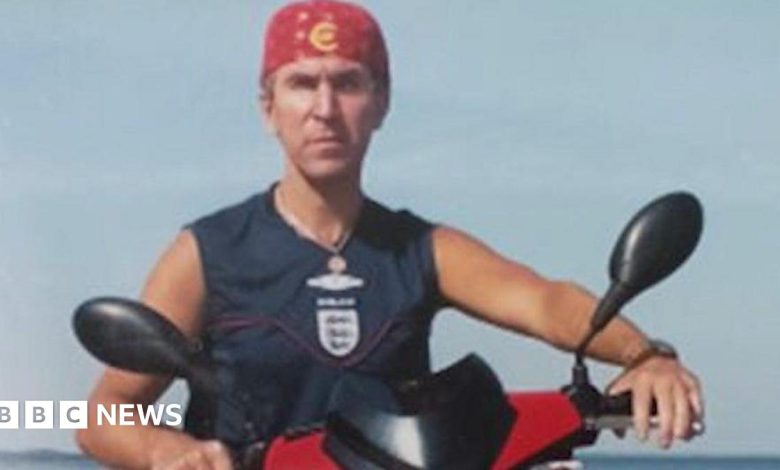Norfolk Police offer help to witnesses in case of missing man

The Disappearance of Mr. Ile: One Year Later
A year has passed since Mr. Ile vanished on a November morning, leaving behind more questions than answers and a family still searching for closure. What began as an ordinary day on November 20, 2024, quickly turned into a mystery when Mr. Ile left his home but never reached his workplace in Ely, Cambridgeshire. The absence went unreported for three days, perhaps with colleagues assuming he was ill or taking personal time—those small assumptions we make when someone doesn’t appear as expected. By the time he was reported missing, crucial initial hours had slipped away, complicating what would become one of the region’s most puzzling disappearances.
Detective Superintendent Gray, speaking on the somber anniversary of Mr. Ile’s disappearance, revealed that what started as a missing person case has evolved into something far more serious. After meticulously examining CCTV footage, phone records, and banking activities—the digital breadcrumbs we all leave behind in our daily lives—authorities made the difficult decision to transition to a murder investigation. This shift represents not just a change in police procedure, but the heartbreaking acknowledgment that Mr. Ile’s family may never see him walk through their door again. The Norfolk and Suffolk Major Investigation Team now faces the challenging task of piecing together the final hours of a life seemingly cut short, trying to construct a narrative from fragments of evidence and whispered accounts.
The investigation has taken on a particularly poignant dimension, as authorities have made it clear their priority is to locate Mr. Ile’s remains so they can be returned to his waiting family in Latvia. There is something profoundly human about this mission—beyond solving a crime, it’s about allowing a family the fundamental human right to say goodbye, to perform the rituals of mourning that have sustained us through grief since time immemorial. For Mr. Ile’s loved ones, separated not just by death but by uncertainty and distance, the recovery of his body represents the possibility of closure in a situation where justice may seem like a distant hope. They wait across the Baltic, their lives suspended in the peculiar limbo that families of the missing endure, where grief cannot fully begin because the story has no ending.
In his appeal to the public, Detective Superintendent Gray acknowledged the complex human emotions that might prevent witnesses from coming forward. “You may be concerned about repercussions, it may be information that you want to give us about people that you know or friends of yours,” he said, recognizing the tangled web of loyalties, fears, and relationships that often complicate criminal investigations. His words—”Come and talk to us, we can help you”—offer more than just an invitation to share information; they extend a promise of protection and understanding to those who might be carrying the burden of knowledge. This recognition of the human cost of testimony reflects the delicate balance investigators must strike between gathering evidence and acknowledging the real-world consequences for those who step forward.
The detective’s plea highlights a truth familiar to anyone who has worked in criminal investigation: cases are often broken not by dramatic revelations but by seemingly minor details that connect larger pieces of evidence. “However insignificant the information may seem,” he emphasized, “it may just be that one piece of information that helps us move this investigation along.” This perspective acknowledges that in the mosaic of a criminal investigation, even the smallest tile may complete a crucial part of the picture. Someone who saw Mr. Ile that morning, who noticed an unusual vehicle, who overheard a conversation—these witnesses might not realize they hold the very information that could guide investigators to answers and a family to closure.
As the case enters its second year, it stands as a reminder of how quickly a human life can disappear from the ordinary world, leaving behind concentric circles of pain that radiate outward from the point of loss. Mr. Ile was someone’s son, perhaps someone’s friend, colleague, or neighbor. He had habits and hopes, routines and dreams. His absence represents not just a criminal case but a tear in the social fabric that connected him to others. For the investigators working tirelessly on his case, for the family waiting in Latvia, and for a community left wondering what happened on that November day, the search for Mr. Ile has become more than an investigation—it’s become a quest to restore order to a world upended by his disappearance, to answer the most human of questions: what happened, why, and can those responsible be held to account? As another year begins without answers, these questions remain, as does the hope that someone, somewhere, will find the courage to come forward with the information that might finally bring Mr. Ile home.








